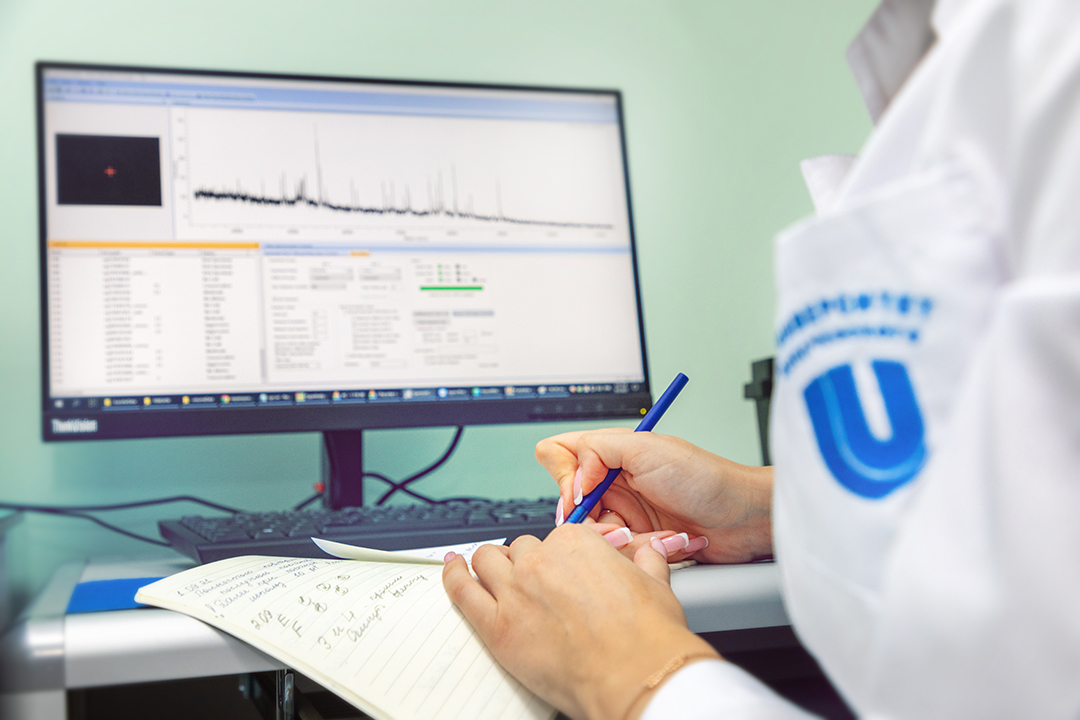New technological opportunities for modern microelectronics

Researchers from the UNN Physics and Technology Research Institute (PTRI) together with scientists from the Kirensky Institute of Physics (Siberian Branch of the Russian Academy of Sciences), and the Siberian Federal University have demonstrated that ion implantation of semiconductor materials can be effective without subsequent annealing. The result opens up new technological opportunities for modern microelectronics.
Ion implantation is the irradiation of material surfaces with accelerated ion beams to obtain the desired properties of such materials. Doping of semiconductors through ion implantation (introducing impurities into the material) is one of the key technological processes in electronics.
When doping crystalline semiconductors by means of ion implantation, the samples are usually oriented so as to avoid penetration of most ions into the so-called "channels" that exist between the chains of atoms in the crystal. The reason for this is that it is difficult to obtain a certain depth of penetration of impurity atoms when the ions enter the channels. Besides, traditional implantation technique involves annealing. When heated, injected impurity atoms occupy certain places in the crystal lattice, where they are activated and acquire the ability to capture or give off an electron.
Lobachevsky University scientists implanted gallium ions into monocrystalline silicon without interfering with the ions' movement through the channels. Next, without any annealing of the sample, they used impedance spectroscopy to determine energy levels of impurity atoms in semiconductors, and hence the degree of their electrical activity. It turned out that gallium atoms exhibit electrical activity even without annealing. The research has been published in the international journal Materials Letters, which covers cutting-edge developments in materials science.
Alena Nikolskaya, one of the authors, a researcher at the Laboratory of Thin Films Physics and Technology of the UNN PTRI, explains:
"In some cases, annealing is undesirable, it can degrade material properties. The results of our research can therefore play an important role in the fabrication process. We have established that it is possible to dope materials without subsequent annealing. In order to achieve that you have to orient the crystal in such a way that maximum number of ions moves through the channels. In this case, the depth to which the ions penetrate becomes less controllable, but for some semiconductor devices, for example, charged particle detectors, it is important to maintain material properties such as the lifetime of minority charge carriers at great depth. By excluding the annealing step, we can preserve this important parameter and thereby improve the performance of the device."
The researchers plan to investigate in detail the effect of channeling conditions in semiconductor ion implantation and to test the effectiveness of this approach for ions of different chemical elements in different ion doping modes.



